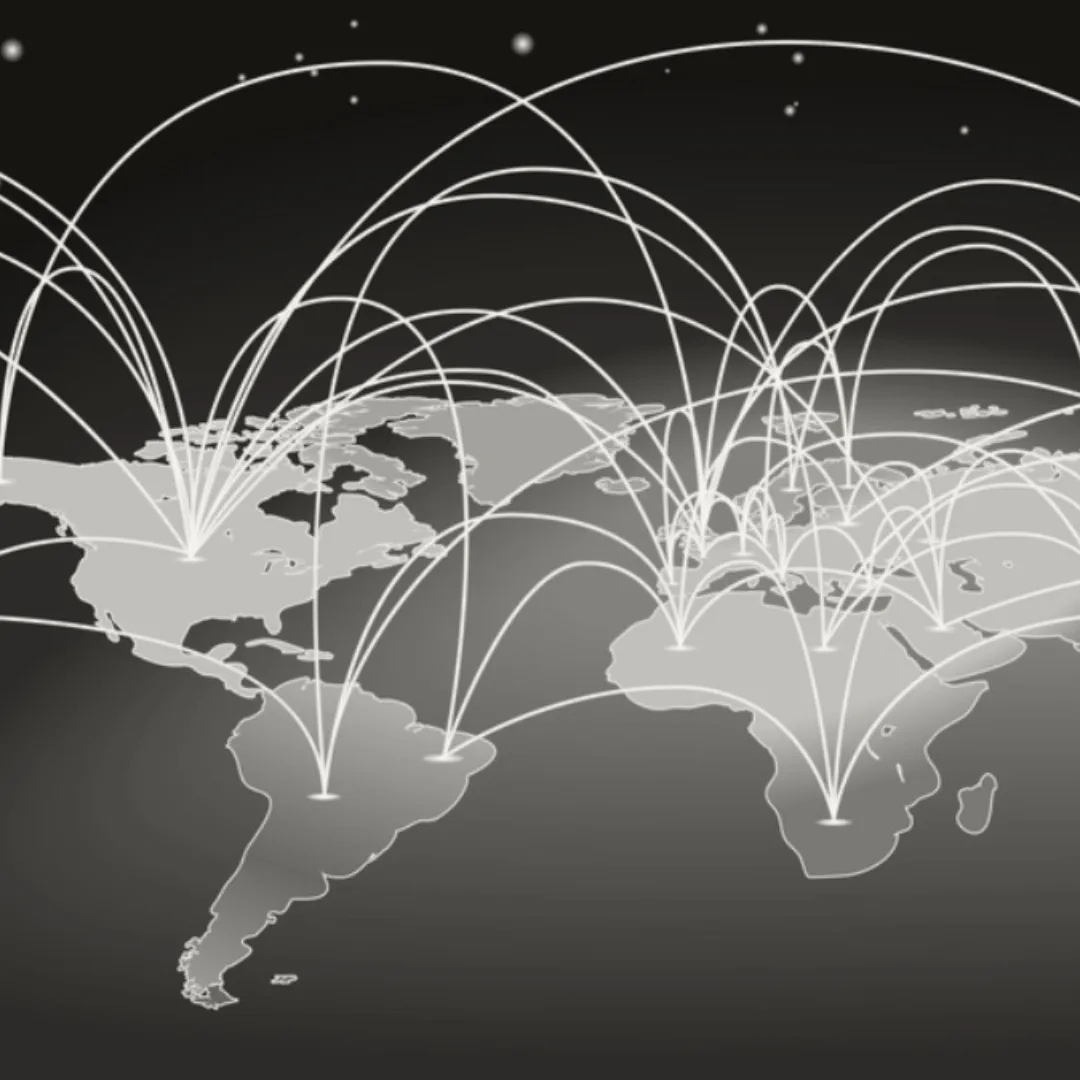Thought Leadership
Why Fashion Professionals Need to Understand International Trade Policy

International trade policy is defined as the rules that are imposed by the government on how goods are imported and exported in and out of a country. These can be in the form of tariffs, subsidies, and regulations. They differ from country to country as each government decides what rules they want to put into place (Wilson, 2022). The fashion supply chain is defined by oracle as “The network of companies involved in the sourcing, manufacture, distribution, fulfillment, warehousing, and sale of clothing and accessories” (Sampson, 2023). The international trade policy has a major effect on the US fashion supply chain; it can impact the cost of production and decisions on sourcing all of which affect consumer prices (Fashion law Journal, 2023).
Global trade policies have an impact on the fashion supply chain in many different ways. In recent years many have said that global trade has begun to be used as a “force for good” against fast fashion companies and their practices (Raffio, 2023). As previously stated the trade policies can also have an effect on consumer prices. The United States Fashion Industry Association states that the average tariffs on manufactured goods is roughly 2%, but the average tariff on clothing can be as high as 32% and as high as 65% on footwear (USFIA). This means American families are paying more for the items they wear due to fees imposed by trade policies. These tariffs have also caused companies to reevaluate their existence in certain countries. For example, when the US raised tariffs on goods imported from china in 2018, causing companies like Steve Madden and Puma to reconsider producing their items in China. Some countries had already begun to transition out of China but considered this to be their breaking point (Ahmed et al., 2019). This could cause companies to make the difficult decision to either move their processing plant, increase consumer prices, or deal with the tight margins that will come from these tariffs.
Understanding international trade policies is essential for fashion professionals navigating the globalized nature of the industry. By staying informed, they can ensure compliance, maintain ethical practices, and adapt to shifting political and economic landscapes. This knowledge not only helps mitigate risks and manage costs but also provides a strategic advantage in expanding their business and meeting consumer expectations. Ultimately, a strong grasp of trade policies equips fashion professionals to thrive in an ever-evolving global market.
Sources
Ahmed, I., Balchandani, A., Beltrami, M., Berg, A., Hedrich, S., & Rölkens, F. (2019, February 7). The fashion market and ‘Trade 2.0’. McKinsey & Company.
https://www.mckinsey.com/industries/retail/our-insights/the-fashion-market-and-trade-2-0
Fashion Law Journal. (2023, September 11). Tariffs, Taxes, and Textiles: Understanding the Impact of
Trade Policies on Global Fashion Supply Chains.
https://fashionlawjournal.com/tariffs-taxes-and-textiles-understanding-the-impact-of-trade-policies-on-global-fashion-supply-chains/#:~:text=Trade%20policies%20have%20far%
Raffio
, N. (2023, July 14). Is fast fashion slowing down? How global trade is being used as a ‘force for good’. USC News.
https://news.usc.edu/209018/fast-fashion-diplomacy-how-global-trade-is-being-used-as-force-for-good/
Sampson, L. (2023, May 9). Fashion Supply Chain: Everything You Need to Know. Oracle.
https://www.oracle.com/retail/fashion/fashion-supply-chain/#:~:text=A%20fashion%20supply%20chain%20is,sale%20of%20clothing%20and%20accessories
.
United States Fashion Industry Association. (n.a.). Global Trade.
https://www.usfashionindustry.com/advocacy/global-trade
Wilson, S. (2022, June 6). International Trade Policy: Strategies & Examples.
Study.com
.
https://study.com/learn/lesson/trade-policy-international-strategic.html#:~:text=International%20trade%20is%20the%20buying%20and%20selling%20goods%20between%20various,is%20done%20with%20foreign%20countries
.
Wilson, S. (2022, June 6). International Trade Policy: Strategies & Examples.
Study.com
.
https://study.com/learn/lesson/trade-policy-international-strategic.html#:~:text=International%20trade%20is%20the%20buying%20and%20selling%20goods%20between%20various,is%20done%20with%20foreign%20countries
.

Why Fashion Professionals Must Understand International Trade Policy
Explore how international trade policies impact the fashion supply chain, production costs, and consumer prices—crucial knowledge for fashion professionals.

Inside My NEXCOM Internship: Reshaping Retail Displays and Gaining Industry Insights
Learn how my 2024 internship at NEXCOM’s Center Core department taught me data-driven merchandising, retail optimization, and valuable professional skills.

From Runway to Retail:
How Modeling Shaped My Path in Fashion
Discover how my early experiences as a model sparked my passion for fashion, taught valuable lessons, and shaped my journey toward a career in fashion buying.

